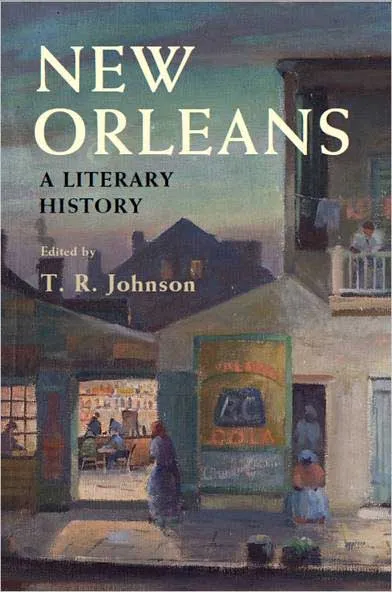

Something happened to Walt Whitman during his short stay in New Orleans. The details are sparse—it probably happened in March or April of 1848, maybe May, and probably not far from the foot of Canal Street. What happened could only have happened here, and it changed him forever. A breakthrough, an awakening, an epiphany, whatever it was, it laid the groundwork for the most innovative and influential body of work in all of U.S. literature.
Whitman was twenty-nine years old when he arrived in New Orleans, having just been fired from a Brooklyn newspaper for his anti-slavery views. Why he would have travelled such a distance to take a similar job in the city that was the hub of the slave trade is anyone’s guess. Perhaps he knew he wouldn’t last long and was using the job merely as an excuse for a jaunt. He had never been out of Brooklyn and its environs; he was wholly unprepared for the dazzling wide-open landscapes he encountered and that would figure so prominently in his poetry. But even more exciting to him was the sheer social complexity he found in New Orleans. As New Orleans journalist Lafcadio Hearn wrote a generation later, “Every race that the world boasts is here, and a good many races that are nowhere else.”
Though usually thought of as a quintessentially New York City poet, chanting his way through his long catalogues of different social types, that kind of language only emerged in his notebooks in the immediate aftermath of his three-month stay in New Orleans, a place considerably more diverse than the Brooklyn of his upbringing. A handful of years later, this vision of urban democracy would be the cornerstone of the first edition of Leaves of Grass.
Of all that he encountered in this “cosmic soup,” nothing focused his attention more than the themes of slavery and freedom. In the New York that he knew, people of African descent constituted less than three percent of the population, but in New Orleans in that period, they accounted for 30 percent, and, were it not for the influx of Irish and German immigrants into the city in that decade, the figure would have been well over 50 percent. What this meant for the culture of the city is easy to see, and its impact on Whitman is impossible to overstate. He kept an advertisement for a slave auction, presumably plucked off a wall of a French Quarter building, close to hand for the next forty years. He used it to serve, he said, as “a reminder” and “a warning”—a foil against which all of his writing, forever afterward, would push.
Countless literary artists have followed in Whitman’s footsteps, coming to New Orleans for a few weeks, a few months, or a few years, and culling from their experiences of this place visions and meanings that would spark and shape their entire life’s work.
Johnson is the editor of New Orleans: A Literary History (Cambridge 2019), the fourth chapter of which – written by Ed Folsom – forms the basis of this piece.

